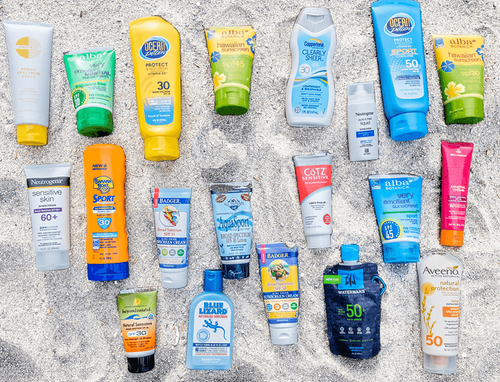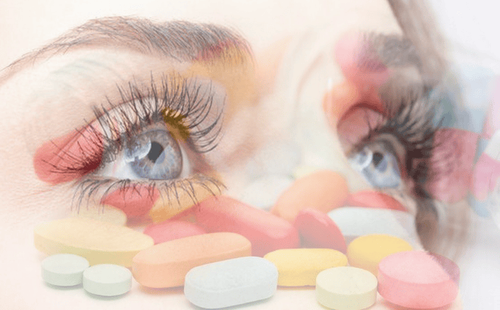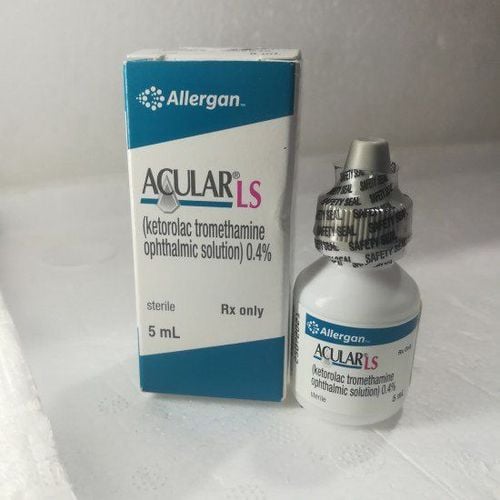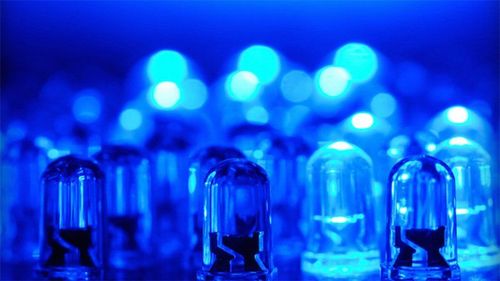This is an automatically translated article.
The article was written by Specialist Doctor II Nguyen Thai Hung - Ophthalmologist, Department of Examination & Internal Medicine - Vinmec Da Nang International General HospitalStep outside and expose to sunlight; turn on the electrical switch in the house; turn on your computer, phone, or other digital device - all of which result in your eyes being exposed to a variety of visible (and sometimes invisible) rays of light with a variety of effects.
Most people know that sunlight contains visible rays and invisible ultraviolet rays that can cause you to tan or burn your skin. But what many people don't know is that the visible light emitted by the sun consists of a series of different colored light rays containing different amounts of energy.
1. What is blue light?
Blue light is generally defined as visible light between 380 and 500nm. Blue light is sometimes broken down into blue-violet light (about 380 to 450 nm) and blue light (about 450 to 500 nm).So about a third of all visible light is considered high energy visible light (HEV) or "blue".
The only source of natural light that appears is sunlight, the human body can adapt to that light. The light emitted from the sun will provide energy for people, stimulate the brain to develop, and absorb nutrients. This light source signals us to work or rest. In the absence of this signal, the body needs to rest.
This light color range also contributes to plant growth, stimulates leaf growth, increases the color and aroma of plants.
However, there are many artificial sources of blue light including fluorescent lamps, LED lights and flat screen televisions. Even more remarkable is the appearance of blue light from the display screens of computers, phones, and digital devices.
This light source emits only a fraction of that of sunlight. But the more time people spend using these light-emitting devices, raising concerns about the long-term effects of blue light on eye health.

2. Should you worry about blue light?
Some people's discomfort after looking at the screen is most likely due to digital eye strain. Most of us blink less when looking at screens, causing eye fatigue and dry eyes.Blue light affects our body's circadian rhythm, our natural sleep and wake cycles. During the day, blue light wakes us up and excites us. But too much late-night blue light exposure from your phone, tablet or computer can make it harder to fall asleep.
That's why experts recommend trying to limit screen time to 2 to 3 hours before bedtime. Many devices have a night setting that minimizes blue light exposure in the evening.
Although people are often exposed to blue light sources from computers and phones, however, the biggest source of blue light is sunlight. Other sources include fluorescent lighting, compact fluorescent bulbs, and LED lighting. Exposure to blue light from screens is much less than blue light from the sun. Blue light is harmful to the eyes, but it is not more harmful than blue light from the sun.
Overexposure to ultraviolet rays increases the risk of eye diseases, eye damage and cancer. However, the effects of blue light are still being studied.
Some studies show that not getting enough sunlight in children can affect growth and development of vision. Some recent studies also show that not getting enough sun exposure can also increase the risk of nearsightedness (nearsightedness) in teenagers and young adults.
The anterior structures of the adult eye (cornea and vitreous) are very effective at blocking UV rays from reaching the light-sensitive, retina at the back of the eyeball. In fact, less than 1% of UV radiation from the sun reaches the retina, even if you don't wear sunglasses.
However, you need to remember, wearing sunglasses is very important to protect parts of the eye from damage that can lead to total eye damage...
On the other hand, almost all blue light can be seen vision passes through the cornea and lens to the retina.
2.1 Blue light exposure may increase the risk of macular degeneration The fact that blue light penetrates the retina (inner lining of the eye) is important, because laboratory studies have shown that showed that overexposure to blue light can damage the light-sensitive cells in the retina.
Blue light is harmful to the eyes, this causes changes similar to macular degeneration, which can lead to permanent vision loss.
Although more research is needed to determine when the amount of natural and artificial blue light is considered too much for the retina, many eye care professionals are concerned that exposure to blue light from screens computers, smartphones, and other digital devices can increase a person's risk of macular degeneration later in life.
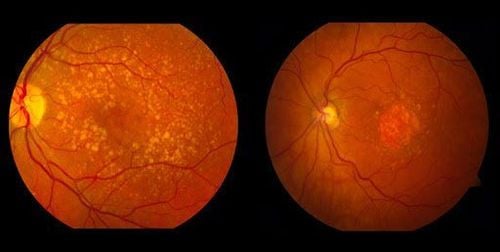
Research has shown that lenses that block blue light with wavelengths less than 450nm (blue-violet light) increase contrast significantly. Therefore, glasses with a yellow tint can increase comfort when you watch digital devices for long periods of time.
2.3 But Actually, Not All Blue Light Is Bad Is All Blue Light Bad For You? Why not block all blue light, all the time?
Many studies have also documented that exposure to blue light is also essential for good health. Research has shown that blue light enhances alertness, helps with memory and cognitive function, and elevates mood.
In fact, light therapy is used to treat seasonal affective disorder (SAD) - a type of depression associated with seasonal changes, with symptoms usually starting in the fall and continuing continue through winter.
The light sources for this therapy emit bright white light containing significant amounts of HEV blue light.
In addition, blue light is important in regulating circadian rhythms - the body's natural wakefulness and sleep cycle. Exposure to blue light during the day helps maintain a healthy circadian rhythm.
But too much blue light late at night (reading novels on a tablet, for example) can disrupt this cycle, potentially causing insomnia and daytime fatigue.
The best way to protect your eyes from blue light when using devices is to take regular breaks with the "20-20-20" rule: Every 20 minutes, move your eyes to look at a distant object at least 20 feet at least 20 seconds. You can also use artificial tears when your eyes feel dry.
If you are using your phone constantly - especially if you use your phone primarily for texting, emailing and browsing the web, there is a convenient way to reduce your blue light exposure. use blue light filter.
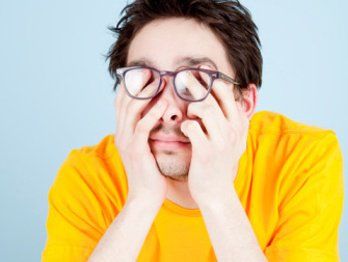
Wearing glasses when using a computer can also be helpful in reducing blue light exposure from computers and other digital devices. These specialized lenses are available without a prescription if you have no need for vision correction or if you regularly wear contact lenses for vision correction.
Specialized glasses used when using computers may be specially prescribed to optimize vision, specifically for the distance at which you view your devices.
If you are farsighted and regularly wear contact lenses, prescription eyeglasses with single vision lenses offer the added benefit of a much wider field of view to see the entire computer screen clearly. (Keep in mind, however, that this type of computer eyewear is intended solely for viewing objects within reach and cannot be worn for driving or other far-sightedness needs.)
Also, some lens manufacturers The glass has produced a special glare-reducing anti-reflective coating that also blocks blue light from both natural sunlight and digital devices.
In addition, optoelectronic lenses provide seamless protection from UV and blue light both indoors and outdoors, as well as auto-dark in response to outdoor UV rays for increased comfort. roof and reduce glare.
Please dial HOTLINE for more information or register for an appointment HERE. Download MyVinmec app to make appointments faster and to manage your bookings easily.
Articles source references: aao.org, allaboutvision.com




